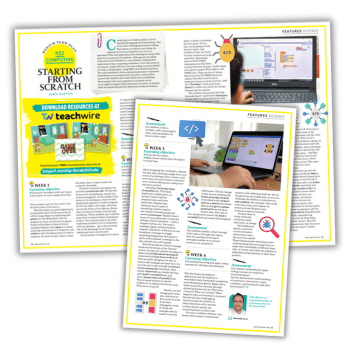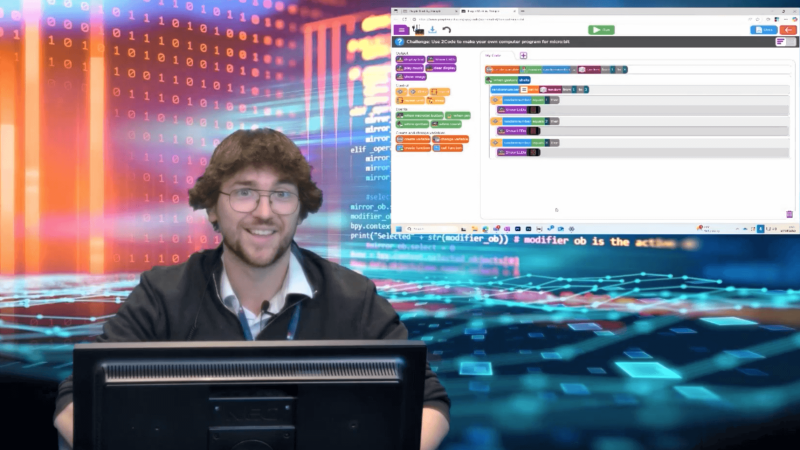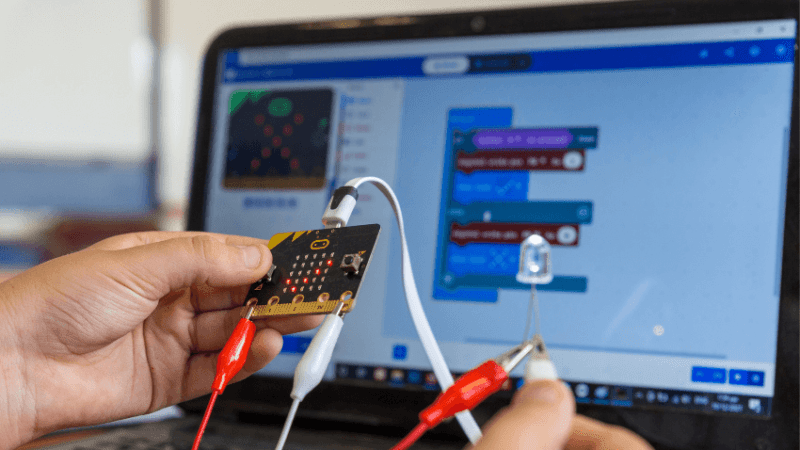School closures – 5 tech ideas to deliver distance learning to KS1 pupils

If you're struggling with having to use new apps and software for teaching during lockdown, these five tech hacks might help you get to grips with your gadgets, says Jack Dabell…

- by Jack Dabell
- Education advisor at Tapestry and former primary teacher Visit website

In the current climate, many teachers are having to grapple with new technology. Even for the most tech-savvy it can feel like a steep learning curve when so much else is changing.
If you feel like you’re climbing alone (with your hands tied behind your back and your leg in a bear trap) these five tech hacks might help to flatten the curve.
1 | Keep the noise down
If you are using video conferencing software to re-create an online classroom, you may have noticed how loud it can get. In a normal classroom the noise of 30 seven-year-olds can naturally dissipate, but it’s a different story when all 30 voices are excitedly talking right in your ear.
Luckily, Zoom has you covered. By clicking on the ‘Manage participants’ button on the bottom task bar you can bring up a list of everyone in the meeting and mute specific users, or mute all at the same time.
If you schedule a meeting through the website, you can also choose to mute participants on entry.
2 | Share your screen
Another very handy feature on Zoom is the ability to screen-share. This transforms your computer into a whiteboard. Enable this by clicking the green ‘Share screen’ button at the bottom.
You will then be prompted to choose what you want to share. It will show you a preview of everything you have open on your computer. The screen you select is now visible to your online class.
As with a whiteboard, you can annotate it, meaning you can draw, highlight, write text and place stamps anywhere on the screen. The children will be able to see these.
3 | Create a schedule
Children respond well to structure and for many teachers, creating a timetabled day is very important. This is particularly important for Y1 and 2 pupils who are still developing their understanding of a more formalised daily schedule.
Knowing something will come out at a set time on set days can be really beneficial for them.
If you are using Google Classroom you can schedule posts. This is a great help if you want to establish set activities at different times of the day.
It’s also a lifesaver for anyone who wants to get ahead with planning. To schedule something, click the drop-down arrow next to the ‘Post’ button, then click ‘Schedule’ to select dates and times. You can post documents, assignments, announcements, videos, questions, quizzes… the list goes on!
4 | Flag it
Encouraging interaction and socialising with younger children and their parents is a valuable part of the virtual school day.
However, things can easily get lost in group chats. This is why I like the ‘flagging’ function in Microsoft Teams.
If there’s an important message or document you don’t want to lose track of, hover over it and click the flag icon. You can then find all your flagged messages by clicking your profile in the top right and selecting ‘Saved’.
5 | Record your lessons
Another challenge for KS1 teachers is how best to revisit and go back to key concepts. Always having things ticking over so they aren’t forgotten is really important, especially for KS1 children.
In a classroom, this can be done quickly with a five-minute starter or a question while children line up for lunch.
With remote learning this is trickier. Skype’s ability to record video meetings is one option worth trying.
You can either record whole sessions or use the pause and record buttons to capture important snippets you want to revisit.
To do this, click the three dots on your taskbar, then ‘Start recording’.
Once you click ‘Stop recording’ the video will be available for 30 days in the chat box and can be downloaded, saved and shared by clicking the “three dots” above the video.
Jack Dabell is education advisor at Tapestry, the online learning journal, and a former primary school teacher. He also writes for the Foundation Stage Forum.










